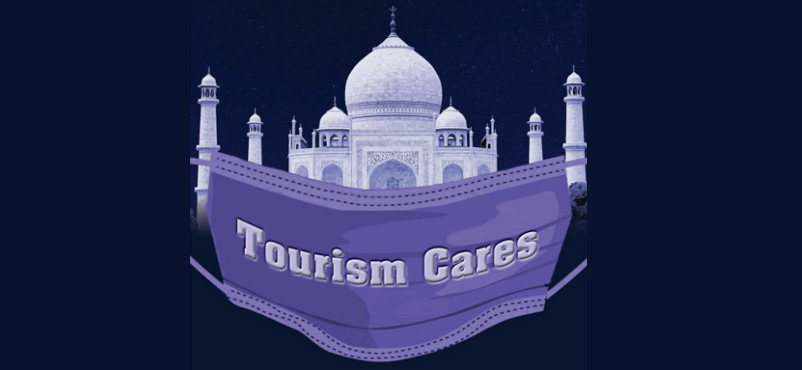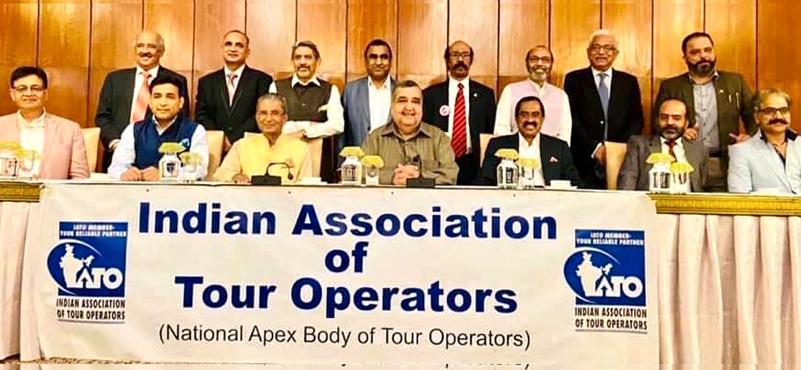India, in the recent past, has been in news for all good reasons. Aimed at re-invigorating bilateral relations with plethora of countries, the government has gone all out on foreign policy front. Over three dozen foreign tours by the PM in the last two years and a host of programs aimed at bringing foreign investments, business investments into India have resulted in a dramatic rise in FDI inflows. Thanks to the roll-out of national programs like ‘Make in India’ and relaxed norms in FDI investment, according to several estimates, there has been a 40 percent rise in FDI inflows from 2014 in 2015. In the FY 2016, India bagged a billion dollars in FDI – a significant jump from 367 million US dollars in FY 2015.
Several sectors like defence, Pharmaceuticals and manufacturing are being thrown open for investments, resulting in greater exchange of services and people. There is already an increase in arrivals from Japan, indicated by the opening of Japanese-themed hotels and restaurants in Gurgaon and beyond.
Yoga and medical tourists have been brought under the purview of e-tourist visa, enabling foreigners to benefit from Indian expertise in these areas. The present government, especially the PM, must be commended for taking Yoga to the international stage. Fittingly, the announcement of extension of e-visa to accommodate medical and yoga tourists comes days before India, and the world, gears up to celebrate second International Day of Yoga. From George Harrison, Madonna to, more recently, Morgan Freeman have all been fascinated by the mystic art of yoga and meditation, and peace and tranquil of the ghats of Ganges. It was no coincidence when PM, during his commendable speech at the Capitol Hill, mentioned that more Americans were bending for yoga than for a curved ball; America alone has over 30 million yoga practitioners.
His statement reflects the growing power of health and wellness segments on the global stage, and how India’s soft-power of yoga was aligning us to play a more dominant role in that transformation. How we harness these opportunities remains to be seen.
Medical tourism, too, has potential to become a principal pillar of nation’s tourism offerings. India, by the virtue of adequate skilled workforce and related infrastructure, is already an established player in the region. From traditional source markets like Afghanistan, Bangladesh, Pakistan and Nepal, medical industry is expanding its foot-prints to, as far as, Africa and West Asia. Currently, expected to be around three billion dollars in market size, home-grown medical tourism industry is expected to be worth eight billion dollars before the end of this decade.
India’s sweeping scale diplomatic engagements, extending from closer home to beyond the Atlantic Ocean, is addressing a long-neglected anomaly of nation’s tourism industry – marketing.
The industry has always rued concerted efforts on the part of government in marketing and promotion of destinations. India’s last successful marketing outreach, the ‘incredible India’ campaign, a decade and a half ago, managed to grab eye-balls, but since then much of the momentum has been lost.
It is heartening to see that India is signaling its willingness to be open for business and movement. Now is the time to address bottlenecks; how about accreditation to reputed hospitals to help them compete on a global scale, or weeding out phony ashrams that sell half-baked yoga courses without any accountability.
The road ahead has many challenges, but it is a solid step forward. In an age, where countries spend a fortune in creating favorable public opinion through PR firms, India is aiming at deeper ties driven by economic benefits, a move likely to be more beneficial in the longer run.




































